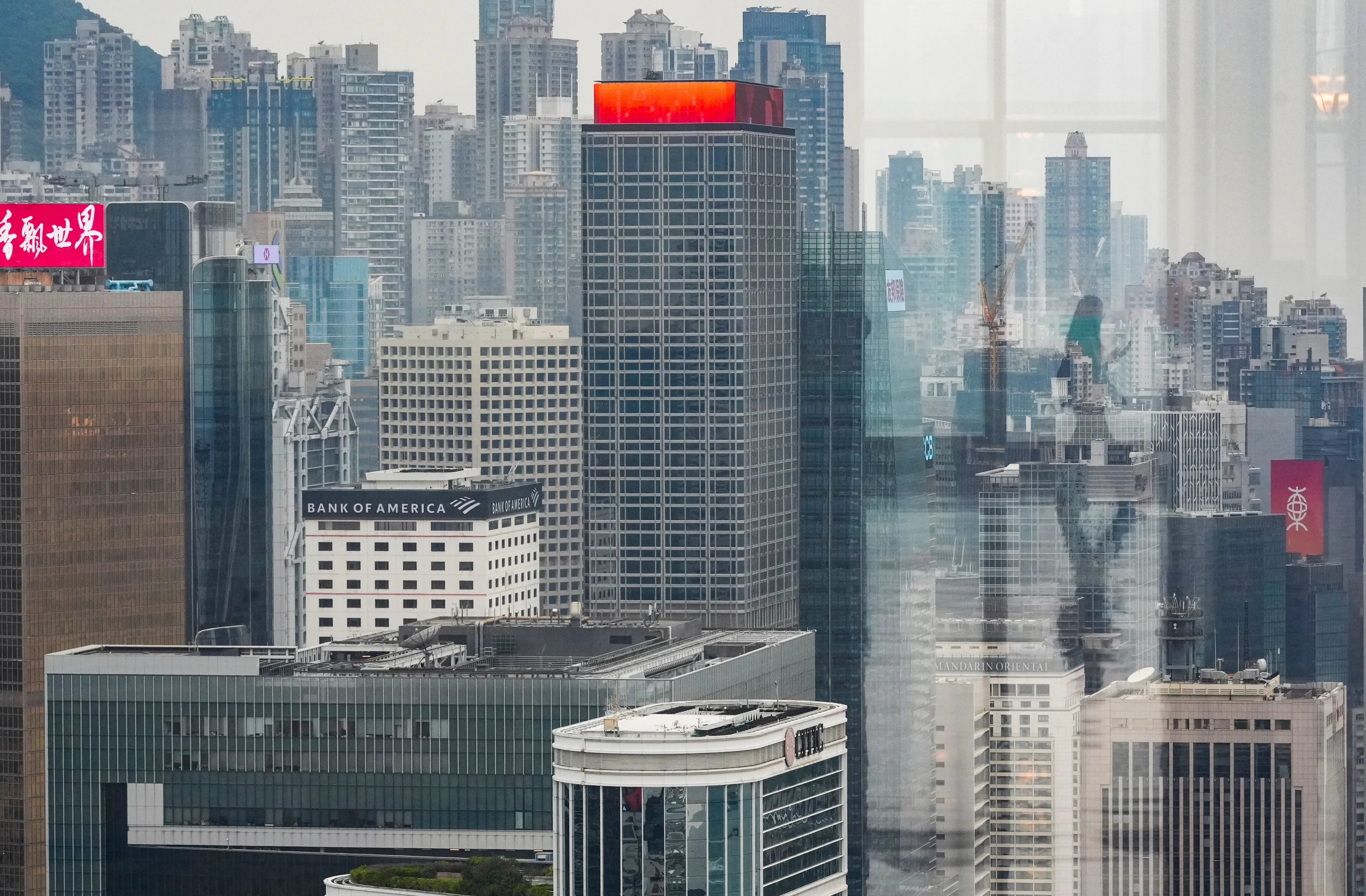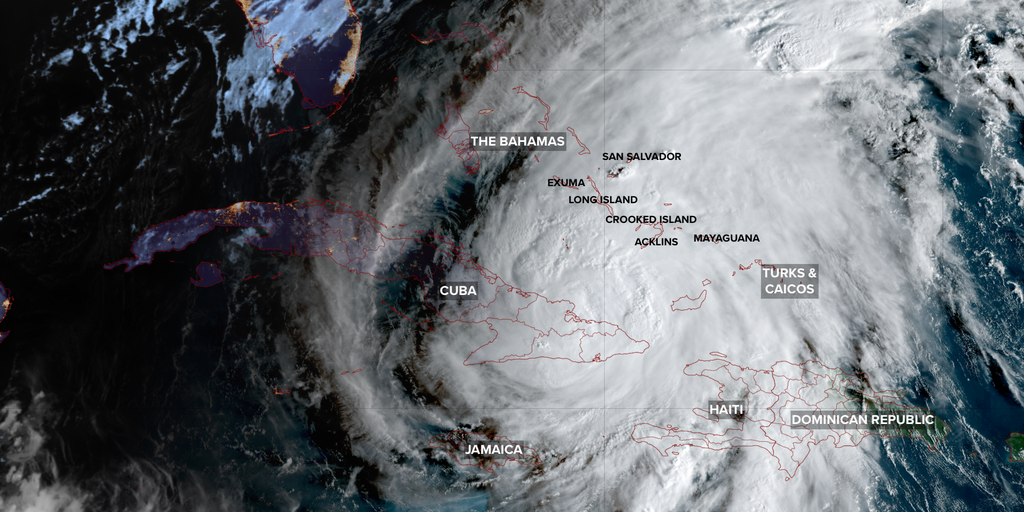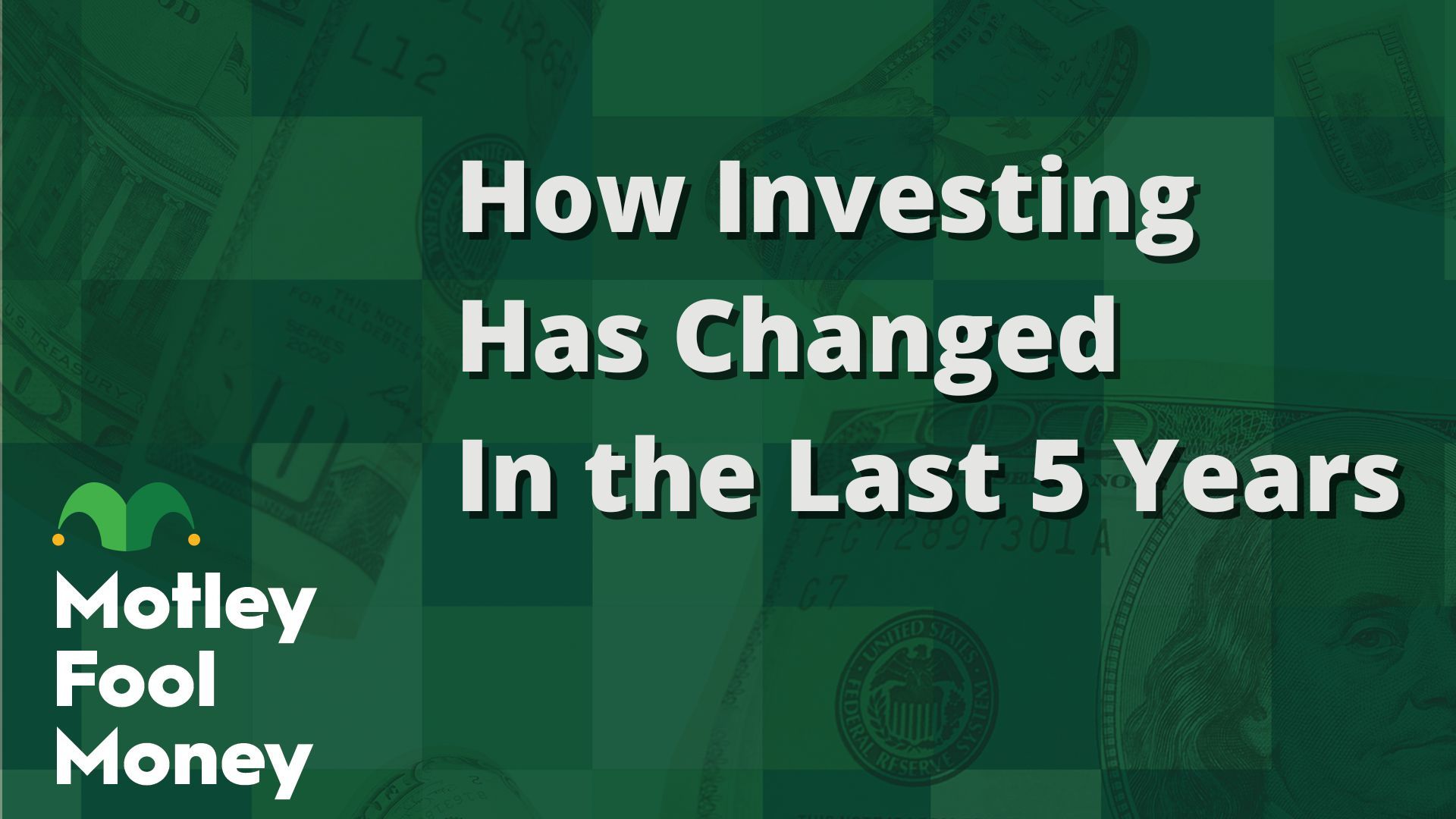Copyright scmp

Hong Kong’s education sector, an emerging industry with full backing of the government, is starting to have an impact on the city’s prime office market as traditional tenants in finance continue to downsize their real estate footprint, according to analysts. Office tenants in the city occupied a total of 73.4 million sq ft this year, according to the latest study by CBRE. That was 1.1 million sq ft more than they had occupied in 2022, the last time a similar study was done by the consultancy. “Hong Kong’s grade A office market is entering a new phase of recalibration,” said Marcos Chan, executive director and head of research at CBRE Hong Kong. “The expansion of over 430,000 sq ft by education institutions and non-bank financial firms, alongside the recovered demand from retail-related and insurance firms, signals a dynamic shift in occupier demand.” Although the education sector was not likely to surpass traditional major players in the office market as the largest tenant, it was likely to be more active than other industries, said Ada Fung, head of leasing and consulting at the consultancy. “It’s a hot sector, and it’s growing … but it’s still a relatively small sector in Hong Kong,” Fung said. “I do not think in the next three years the education sector will surpass the financial and banking sector as the main tenants in Hong Kong, but it is still an important sector to look at.” Compared with the banking and finance sector, which occupies 27 per cent of prime office space in Hong Kong, education, healthcare and the medical sector combined account for only 4 per cent. The expansion of the education sector in the city was underpinned by the government’s efforts to attract more international students following the launch of the “Study in Hong Kong” initiative unveiled by Chief Executive John Lee Ka-chiu in his policy address last year. In his latest policy address last month, Lee followed up by announcing a trial scheme to allow schools under the Direct Subsidy Scheme to seek an increase in the number and size of classes, thereby expanding their intake of non-local pupils on student visas who were self-financing their studies. CBRE’s Chan said that given the new environment of cashed-up educational institutions looking for space, landlords needed to widen their focus. “Instead of only paying attention to traditional sectors, among all these so-called emerging sectors, education will be the one that will see the fastest growth, not necessarily from a leasing perspective, but also from a buying perspective as well, because they are cash rich,” he said. In November last year, Hong Kong Metropolitan University paid HK$2.6 billion (US$334.6 million) for One HarbourGate East Tower. The 15-storey office building in Hung Hom had been seized by creditors from the cash-strapped Cheung Kei Group. This change in Hong Kong’s office property landscape means that offices “need to be rethought, not written off”, said Goodwin Gaw, chairman and managing principal at Gaw Capital Partners, adding that offices transformed into learning spaces could become a “meaningful niche for future investment”. “I’m especially interested in how this transformation connects to adult re‑education – turning vacant spaces into places where people can re‑skill, collaborate and rebuild careers,” he said. “I can picture some of these empty offices becoming experiential schools: flexible, immersive environments that bring learning and community together.” Still, not all office buildings were suitable for the requirements of educational institutions, according to Fiona Ngan, head of occupier services at Colliers. “It’s not easy to [find] the right property because they are quite selective of locations as only few will fit their requirement,” Ngan said. “One of these requirements is that there is no direct competitor next to their building.” Other requirements include proximity to their campus as well as amenities, building height and floor size. Since the release of the 2022 CBRE study, the number of premium office buildings in Hong Kong has risen by 9 per cent to 275, while gross area grew by 8.6 per cent to 89 million sq ft, even as the number of registered companies in the city rose by just 1.7 per cent to 10,181. Vacancy rates for premium office space have reached an all-time high of over 17 per cent and are forecast to rise to 19 per cent after another 2 million sq ft of new supply is completed by the end of the year. “Despite the noticeable jump in new supply and hence vacancy rates, occupier demand is clearly recovering and will continue to fuel the office leasing market as Hong Kong’s services sectors accelerate its growth momentum,” Chan said.



